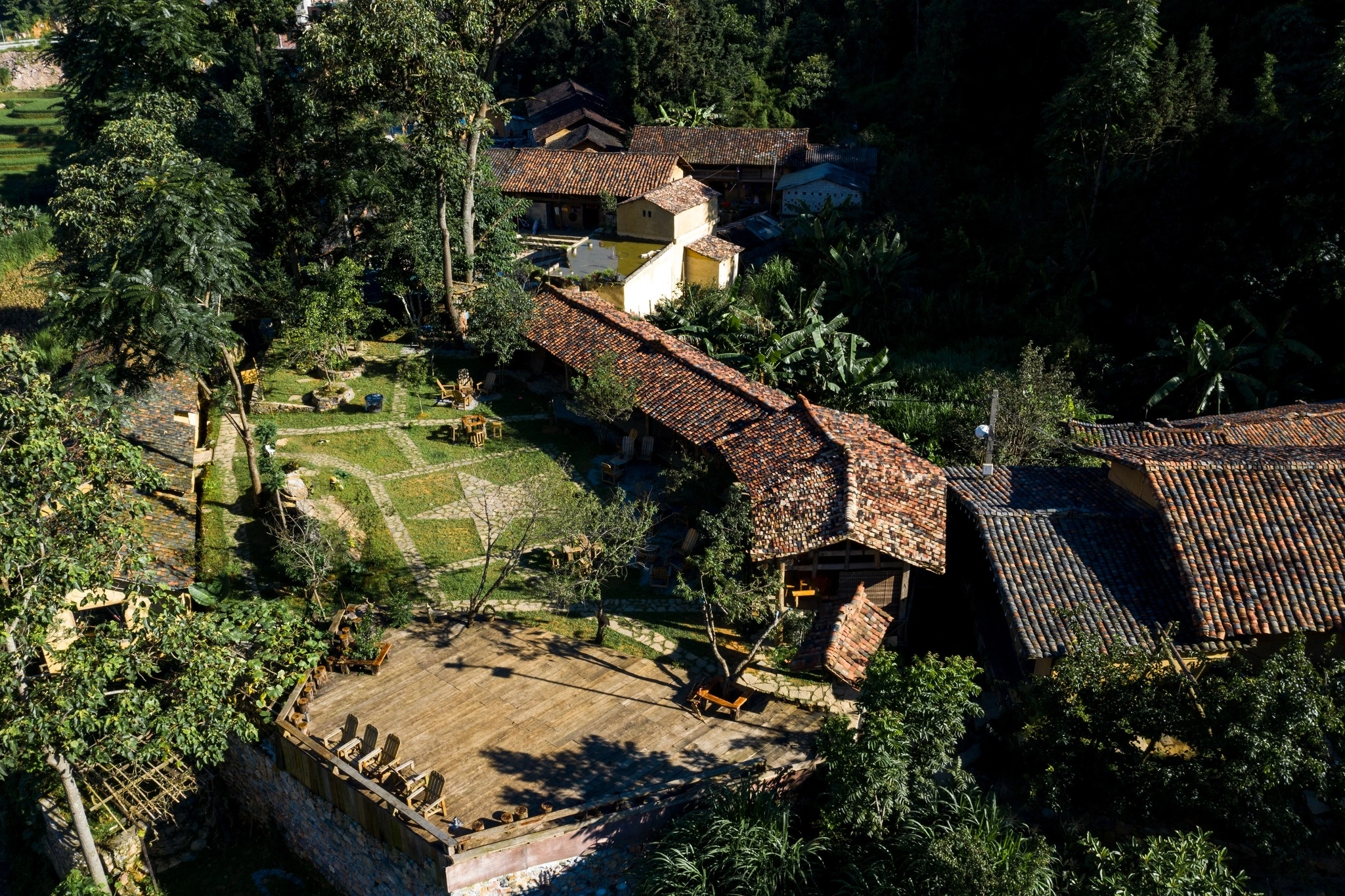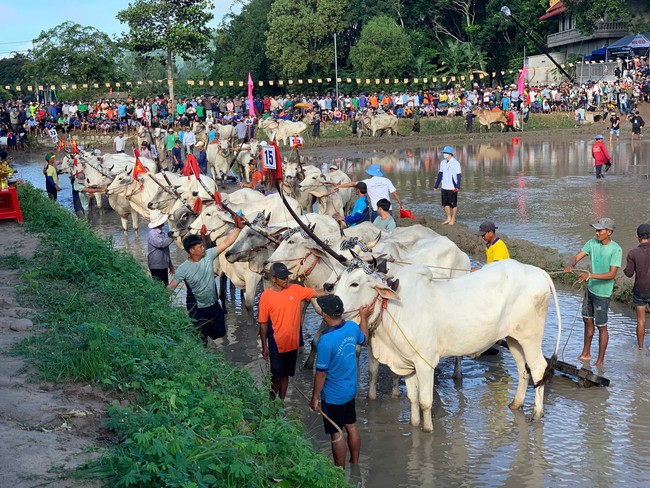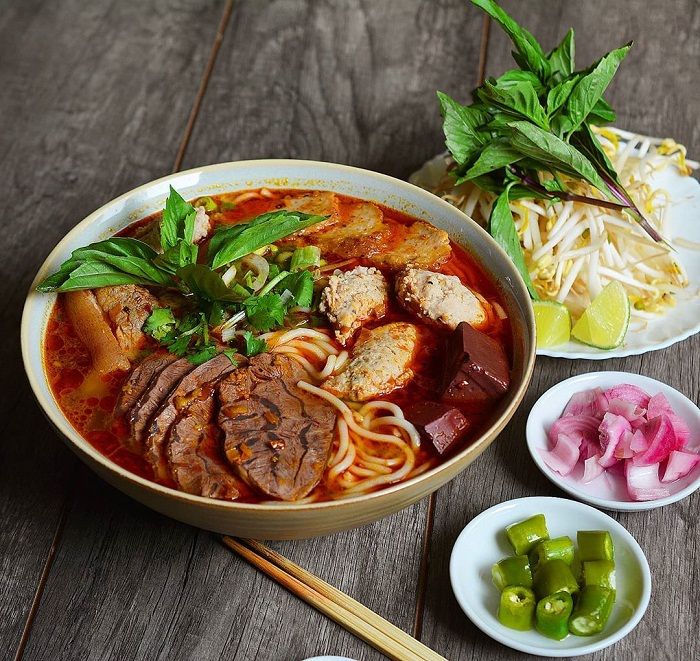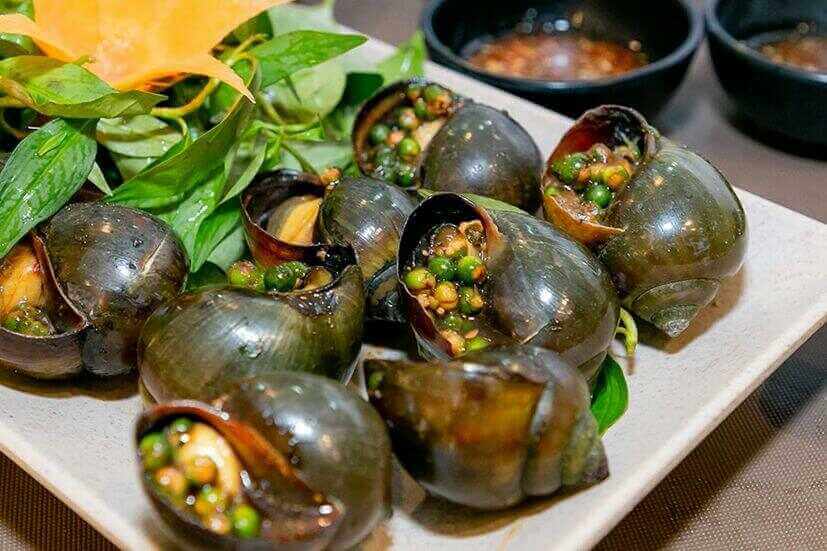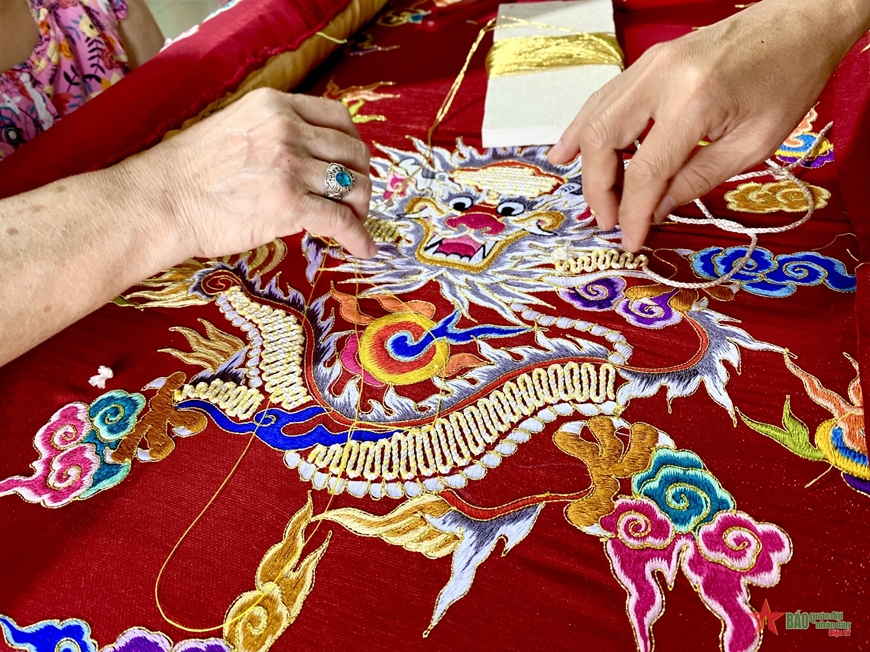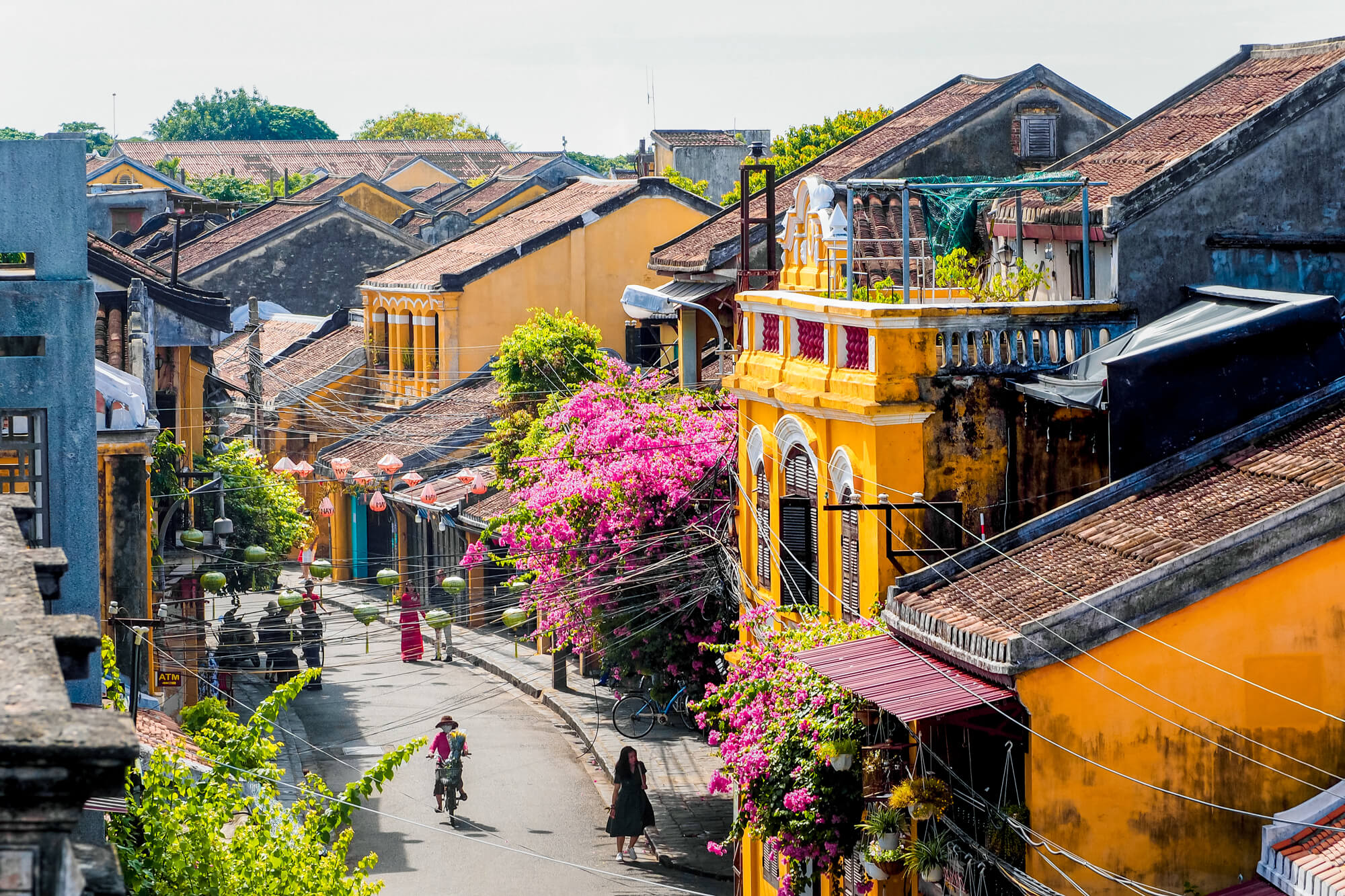Vietnam’s 8 Strangest Dishes, Do You Dare To Try?
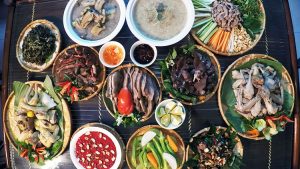
Vietnam is well-known for its vibrant street food culture, fresh ingredients, and a balance of sweet, sour, salty, and spicy flavors. Beyond the famous pho and banh mi, Vietnam also offers a culinary world filled with unusual and exotic dishes that may surprise the uninitiated. From bizarre textures to surprising flavors, here’s a look at the top 8 strange dishes you can find in Vietnam.
1. Trứng Vịt Lộn (Balut)
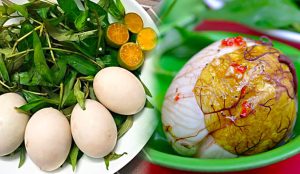
One of the most famous and perhaps challenging dishes for travelers, trứng vịt lộn, or balut, is a fertilized duck egg with a partially developed embryo inside. It’s considered a delicacy in Vietnam and is often eaten as a snack, particularly in the evening.
The egg is boiled and eaten straight from the shell with a pinch of salt, lime juice, and Vietnamese herbs like rau răm (Vietnamese coriander). The texture and taste can vary—some describe it as slightly gamey, with a mix of soft egg whites, tender meat, and crunchy bones. While the appearance may be a hurdle for many, locals swear by its nutritious value, especially as an energy source.
2. Tiết Canh (Blood Soup)
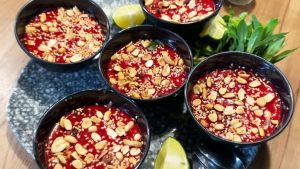
Tiết canh is a traditional Vietnamese dish made from the fresh blood of animals, usually ducks or pigs, mixed with cooked meat, herbs, and crushed peanuts. Served cold, the dish is a crimson-colored jelly-like mixture with a surprisingly refreshing taste when paired with herbs like mint and coriander. It’s often eaten in rural areas, and though it may seem intimidating, many who try it usually appreciate its strong flavors.
Many consider tiết canh to be a symbol of Vietnamese strength and resilience, reflecting the resourcefulness of the cuisine. Despite its popularity in some regions, the consumption of this dish has waned in recent years due to health concerns.
3. Chả Rươi (Sandworm Omelet)

In northern Vietnam, particularly around Hanoi, chả rươi or sandworm omelet is a seasonal specialty. Sandworms are collected during specific times of the year, and the dish is made by combining the worms with eggs, dill, mandarin peel, and spices.
The texture is soft and creamy, and the flavor is uniquely rich, with the citrus from the mandarin peel cutting through the heaviness. It’s a dish not found every day, but when sandworm season arrives, it’s highly sought after. Don’t let the name fool you—sandworms in this dish resemble small noodles and blend beautifully into the omelet.
4. Nem Chua (Fermented Pork)
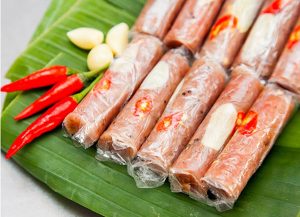
Nem chua is a type of fermented pork that’s wrapped in banana leaves and left to cure for several days. It’s made with minced pork, pork skin, garlic, and chili, giving it a spicy and tangy flavor. The fermentation process gives nem chua its distinct sourness, but the addition of chili provides a pleasant heat.
The texture is somewhat rubbery due to the pork skin, but it’s a popular snack, often eaten as a side dish or paired with beer. Nem chua can be found all over the country, but the northern city of Thanh Hóa is particularly famous for producing some of the best varieties.
5. Thịt Chuột (Grilled Rat)
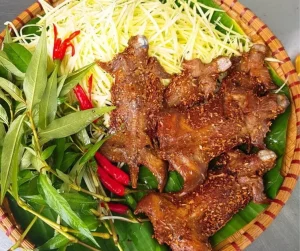
While the idea of eating rat might be shocking to many, in some rural parts of Vietnam, especially in the Mekong Delta, thịt chuột is considered a delicacy. However, these aren’t city rats scavenging through garbage; these are rice field rats, which are believed to have a cleaner diet, feeding primarily on rice grains.
Grilled rat is often seasoned with garlic, lemongrass, and chili, and the taste is often compared to chicken or rabbit. It’s served with rice or as part of a festive meal. While this dish might be too exotic for many visitors, it’s worth noting that it reflects the resourcefulness of rural communities in utilizing available food sources.
6. Cà Cuống (Water Bug)
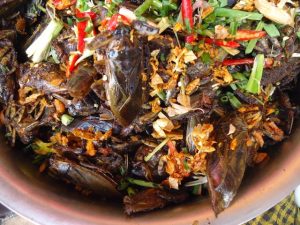
In Vietnam, cà cuống, or giant water bugs, serve as both an ingredient and a flavoring agent in various dishes. While the idea of eating bugs might not appeal to everyone, water bug essence has a unique flavor that’s hard to describe—some liken it to a mix of cinnamon, cilantro, and flowers.
The essence, extracted from the male water bug’s glands, is used sparingly in sauces or soups to add an aromatic punch. In northern Vietnam, you can sometimes find this flavoring in bánh cuốn (steamed rice rolls) or bún thang (a type of vermicelli soup). The whole bug is often grilled or fried and enjoyed as a crunchy snack.
7. Bún Ốc (Snail Noodle Soup)
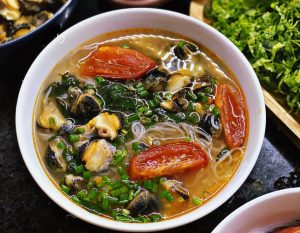
For seafood lovers, bún ốc (snail noodle soup) is a must-try dish. It features tender freshwater snails paired with vermicelli noodles in a tangy tomato-based broth.
The snails are cooked to a slightly chewy texture, and the broth is typically flavored with vinegar, giving it a delightfully sour and savory profile. Often topped with fresh herbs, bún ốc is also served with a side of fermented shrimp paste to enhance its umami flavor. While eating snails may seem adventurous, this dish showcases Vietnam’s ability to turn simple ingredients into a flavorful culinary experience.
8. Sầu Riêng (Durian)
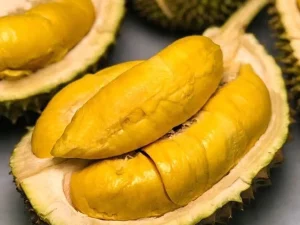
Although sầu riêng (durian) is technically a fruit, it earns its spot on this list due to its notorious reputation. Often called the “king of fruits,” durian has a strong, distinctive odor that has been compared to everything from rotting onions to gym socks. Its smell is so potent that it’s banned in many hotels and public transportation systems across Southeast Asia.
However, those brave enough to get past the initial scent are often rewarded with a creamy, custard-like flesh that offers a unique blend of sweet and slightly savory flavors. Durian can be eaten fresh or used in various Vietnamese desserts, including ice cream and cakes. It’s a polarizing fruit—people either love it or hate it—but it’s undeniably an unforgettable experience.
Conclusion
Vietnam’s food culture is as diverse as it is flavorful, with each region offering its unique specialties. While some dishes may seem strange or unusual to foreign palates, they often reflect a deep connection to the land, history, and resourcefulness of the Vietnamese people. From the bold flavors of tiết canh to the acquired taste of durian, these dishes are a testament to the country’s rich culinary heritage.
So if you find yourself in Vietnam and want to take your taste buds on an adventure, step out of your comfort zone and give these strange yet fascinating dishes a try—you might just discover a new favorite!
This travel blog invites curiosity and wonder, showcasing Vietnam’s unique culinary offerings beyond the familiar. It serves as a guide for adventurous foodies looking to delve deeper into the exotic and lesser-known aspects of Vietnamese cuisine.
Contact TripAsean Tours Vietnam today to book the Hanoi Street Food Tour:
- Hotline: +84 961518918
- Website: www.tripasean.com
- Email: info@tripasean.com




